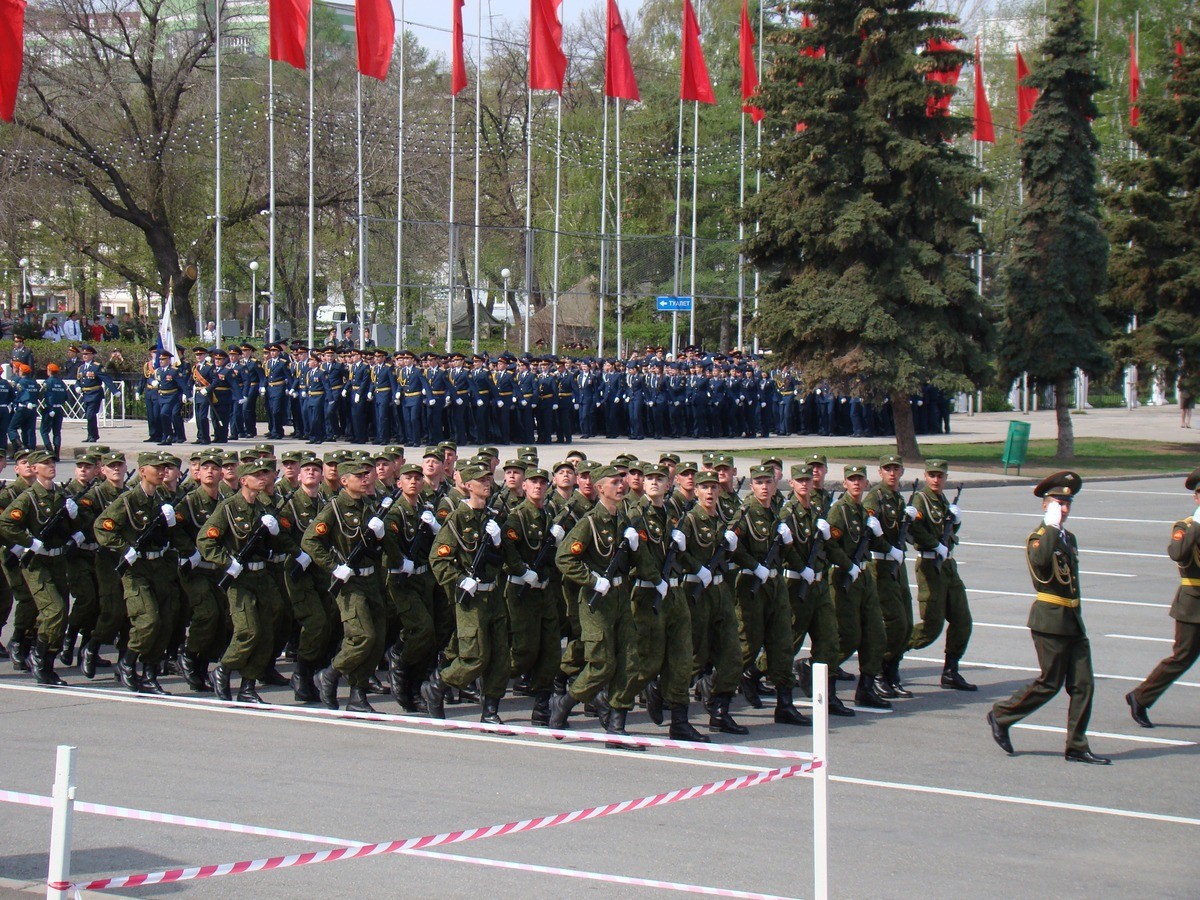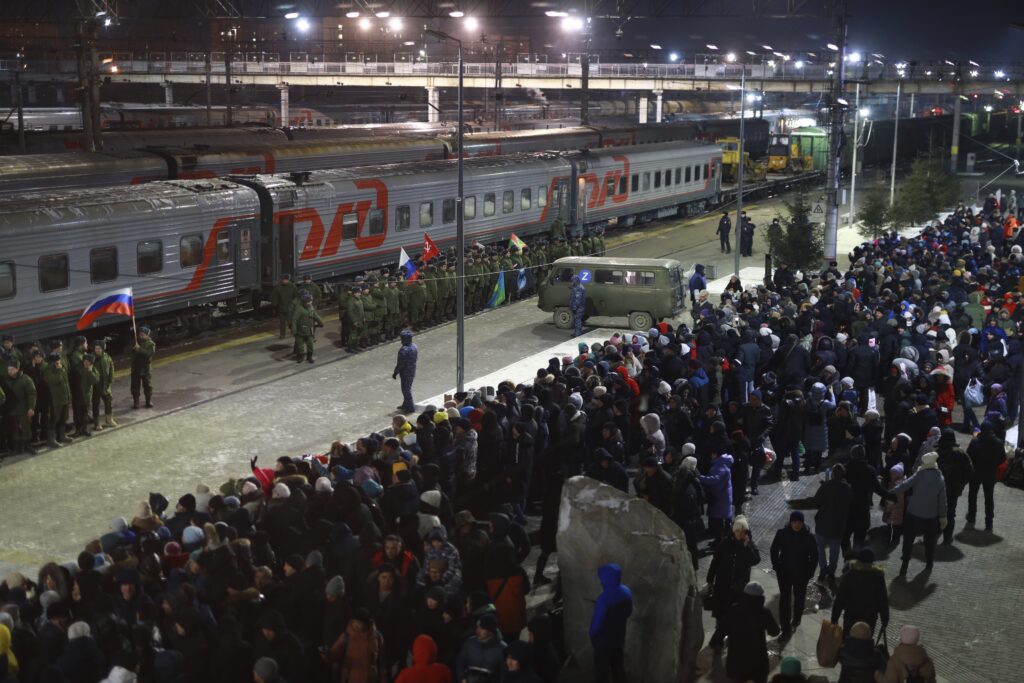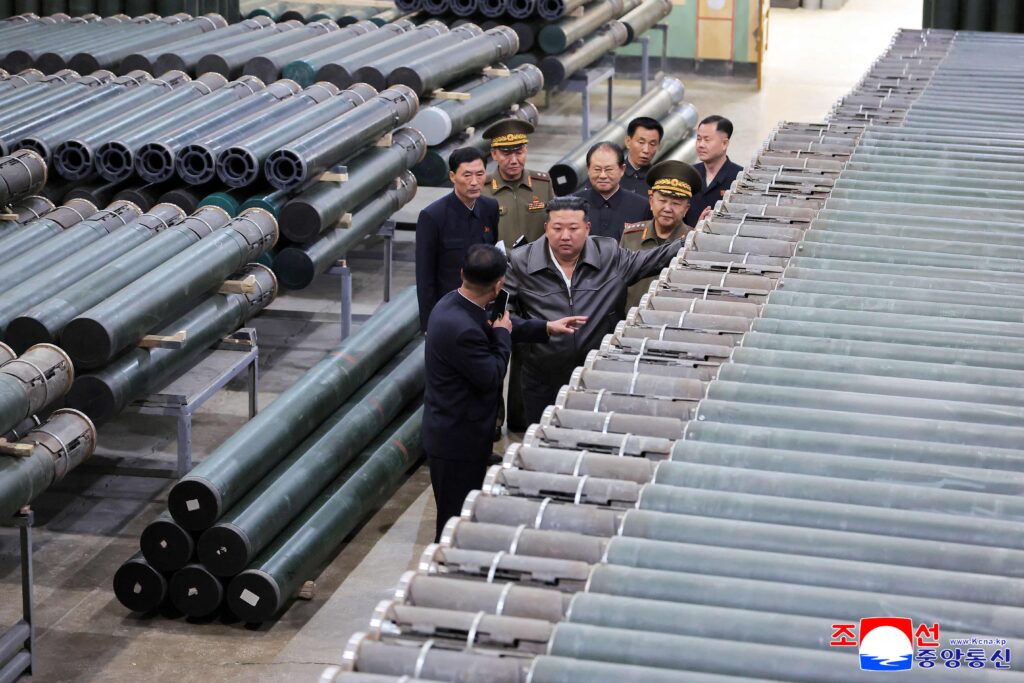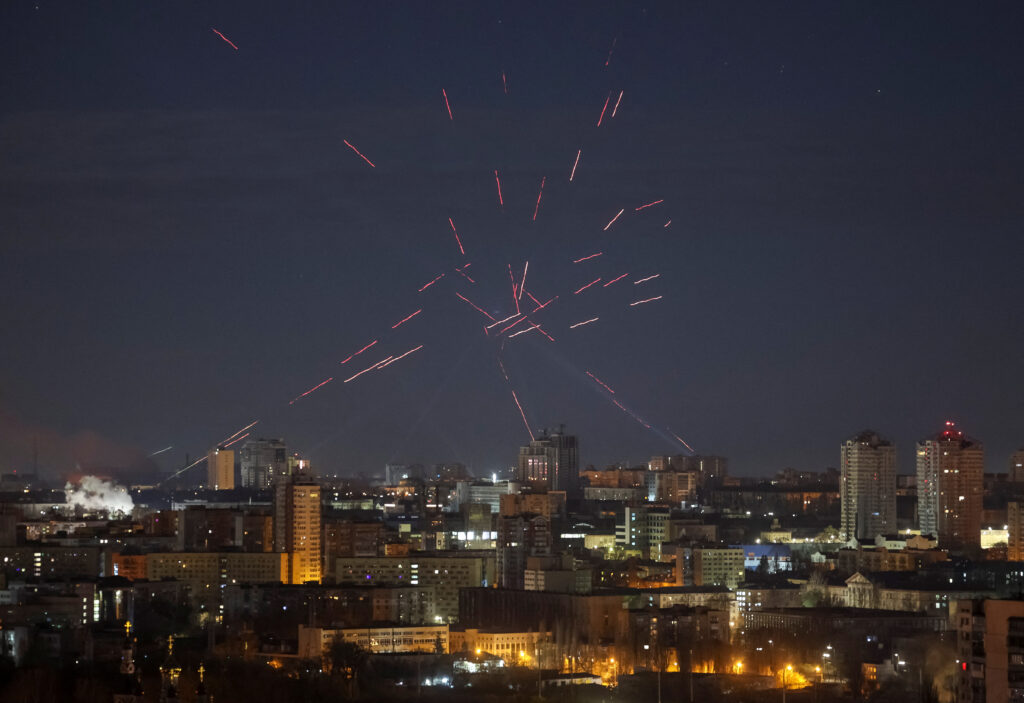This October, Russia launched another round of military conscription. Despite upbeat official rhetoric, the news media have recently published a number of alarming stories about soldiers committing suicide. Although the situation has been gradually improving, this brings to light a problem that has afflicted Russia’s armed forces for decades.
Hazing in the Soviet Union and the Yeltsin era
The arrival of ‘hazing’ (abuse of new conscripts by older soldiers) in the Soviet Army in the 1960s was facilitated by the decision of the Politburo of the Central Committee of the Communist Party of the Soviet Union (CPSU) to recruit people with a criminal background to the army. Former inmates brought thieves’ slang and prison customs to the army, which led to the practice of violence against soldiers who were less physically strong and easy to bully. Based on 1971 data, the Chief Military Prosecutor’s Office stated that ‘1,573 suicides and attempted suicides were registered in the Armed Forces of the USSR (+13.1% compared to the previous year), with a significant increase among young soldiers and sailors (+43%).’
After the start of the Afghan war, the Ministry of Defence sent a secret order to the troops regarding ‘non-procedural relations’ – ie, servicemen grossly violating the military operating procedures. According to the statistics, 4,000 people were convicted for hazing in 1985, which seems to suggest that violence in the armed forces did not diminish.
In the 1990s, hazing was recognised as one of the main problems for the Russian army. For instance, in 1996, the military themselves acknowledged an increase in the number of suicides and attempted suicides, with more than 80% of those acts being committed by conscripts. According to the former Minister of Defence, Igor Rodionov, suicides were rare in the army before 1995, and all of them were considered extraordinary cases, while in 1996 there were already about one hundred such tragedies in the armed forces. Parents went to great lengths, e.g. bribing the staff of military registration and enlistment offices, to prevent their sons from being ‘buried for a two-year term’ in the Armed Forces.
The first Chechen war (1994−1996), where nearly 4,000 soldiers were killed according to official figures (unofficially: more than 10,000), did not help to raise the appeal of the military service. That period marked the peak activity of the Committee of Soldiers’ Mothers of Russia, which organised numerous protests against the war in Chechnya and confronted generals. It was also the first time when the country’s leaders had to face the fact that most media outlets covered the news without presenting the authorities’ official point of view. Senior officials even tried to discourage reporters from collecting information and threatened to suspend a number of media organisations from doing their work.
The authorities learned from their mistakes. In 1999, the Russian public supported, with rare exceptions, Vladimir Putin’s decision to launch the second Chechen war. Characteristically for that campaign, information was kept classified, the public scrutiny was radically limited and public access to information was constrained. This experience was then applied by the Russian authorities during armed conflicts in the 21st century, i.e. in 2008 (the war with Georgia), in 2014 (the beginning of hostilities in the east of Ukraine) and in 2015 (the beginning of the military operation in Syria).
The Breakthrough of the 2000s
In the 2000s, the situation concerning deaths of servicemen continued to deteriorate. According to official datafrom the military prosecutor’s office and the Russian Ministry of Defence, suicides accounted for 35% of all deaths among servicemen in 2003 (337 people), but this figure rose to 40% by 2006 (554 people).
A criminal case was instigated for each death (all complying with Article 110 of the Criminal Code on ‘Incitement to suicide’). Yet the investigations, as a rule, amounted to a search for guilt outside the military (the soldier was dumped by his girlfriend; suffered from troubled relations with his parents, etc.)
Military authorities reacted sluggishly to the demands of civil society to take effective measures. In particular, four legal acts were adopted during this period that regulated the psychological work in the armed forces; in fact, these acts amounted to very little. For instance, during the examination of one case it became clear that the three military psychologists involved, including the head of the psychological support office, did not have the required special psychological training. One of them had a degree in arts and culture, and had six months’ work experience as a psychologist.
At present, the ECHR is examining a joint complaint filed by the relatives of five soldiers who committed suicide in 2005−2006 due to negligence on the part of commanders and psychologists. In terms of geographies, the events took place in the Khabarovsk Territory, Chita, Orenburg and Orel regions. Attorney Ramil Ahmetgaliyev, who represents the victims, believes that the Russian authorities violated the Convention for the Protection of Human Rights and Fundamental Freedoms in all these cases and, more specifically, its Article 2 ‘Right to life’ and Article 13 ‘Right to an effective remedy’.
A systemic breakthrough in the Russian army occurred after the case of private Andrei Sychev, who fell victim of cruel bullying in 2006 at the Chelyabinsk Tank School. As medical assistance was not provided timely, the legs and genitals of the 19-year-old were amputated. The story caused a wide public outcry and, according to political scientists, put an end to the aspirations of the then Minister of Defence, Sergei Ivanov, to become the country’s president.
Under these circumstances, the country’s leaders had to launch a reform of the army, which became the largest reform in the history of the Russian Armed Forces. Anatoly Serdyukov, who assumed the post of Defence Minister in 2007, became the leading figure of the reform. The essence of the ‘Serdyukov Reform’ boiled down to the following points: 1) Shortening the duration of military service to one year, which means that the phenomenon of hazing actually vanished; 2) giving soldiers permission to use their mobile phones in their spare time, and allowing parents to visit their sons on a regular basis; 3) increasing public control over the army — representatives of human rights organisations were allowed to escort the military serials with conscripts to the place of duty, and to inspect military units together with inspection authorities; 4) the time allotted to sports and combat training dramatically increased because all the upkeep work (cooking, cleaning) was outsourced.
The army’s morale changed radically within just a few years: it turned from an anachronism into a structure that was open for the civil society. This fact was recognised by human rights activists themselves. For instance, the leader of the Union of Committees of Soldiers’ Mothers of Russia, Valentina Melnikova, noted that 2009−2013 was the most favourable period for service in the Russian armed forces.
The wars in Syria and Ukraine
In 2014, in connection with the military operation in the east of Ukraine, the authorities’ efforts to hide the deaths of servicemen radically intensified. In August, the leader of the Committee of Soldiers’ Mothers ‘Mothers of Prikumye’ (Stavropol Territory) Lyudmila Bogatenkova was the first one to report the Russian army’s losses in the territory of Ukraine, providing information on the death of nine contract soldiers from Rostov to the Presidential Council for the Development of Civil Society and Human Rights. After that, a case was instigated against her where she was accused of fraud. Lawyer Andrei Sabinin managed to get Bogatenkova acquitted for one episode, and she was covered by amnesty with regard to the other.
In August 2014, Ilya Vasyunin and Vladimir Romensky, journalists of ‘Russkaya Planeta’ and the ‘Dozhd’ TV channel were attacked at a cemetery near Pskov, where they had gone to search for the graves of soldiers who presumably had died in Donbas. A few days later, a member of the Legislative Assembly of the Region, Lev Shlossberg, who reported on a funeral of servicemen killed in Ukraine, was brutally beaten in Pskov.
In 2015, Vladimir Putin signed a decree whereby the data on losses of military personnel in peacetime were classified as state secrets. Since that moment, the receipt and dissemination of such information in the media was prohibited under the pain of criminal prosecution (Article 283 of the Criminal Code of the Russian Federation ‘Disclosure of State Secrets’). In the summer of 2015, Russia’s leading military reporters (Arkady Babchenko, Timur Olevsky, Grigory Pasko and others) approached the Supreme Court of the Russian Federation with a complaint against Putin’s decree, yet the complaint was declined.
In December 2015, the Presidential Council for the Development of Civil Society and Human Rights asked the Investigative Committee and the Chief Military Prosecutor’s Office to verify the circumstances of the death of 159 servicemen in 2014−2015, which human rights activists learned about from open sources. Information about the causes of death was given in only a half of the recorded cases (31 cases out of 79 were supposed to be caused by suicide or murder). However, the law enforcement agencies did not take any steps after receiving the request from the Presidential Council.
Currently, one can get some idea of the number of suicides in the Russian army only from the data provided by civil society institutions or media publications. The ‘Mother’s Right’ Foundation stated that the number of applications from parents whose sons committed suicide as servicemen increased by 20% in 2015 (from 49% to 69%). The death of a 19-year-old serviceman Vadim Kostenko at the Khmeimim airbase in Syria in October 2015 was heavily publicised. The parents of the deceased soldier refused to believe in the official version that their son committed suicide because of a quarrel with his girlfriend.
Starting from 2016, the media began to increasingly report on suicides in military units: in January, a conscript from Mordovia was found hanged in the Amur region. In July, a private soldier jumped out of the first storey window of the barracks in Kaliningrad. In September, a 20-year-old soldier hanged himself in the Bryansk region. In December, an 18-year-old committed suicide in a military unit in Nizhny Novgorod, having served for just two weeks. And this is by no means a complete list of cases.
The usual reaction of the authorities is to block the news about the tragedy. The relatives of the deceased are forced not to communicate with the press and not to seek assistance from lawyers. The idea is ‘not to wash one’s dirty linen in public’, and the authorities promise to find the guilty, punish them and send monetary compensation to the parents. Attempts to ‘hush up’ the deaths of Russian soldiers in Syria follow a similar scenario. At the same time, the number of human rights organisations in Russia that genuinely help to defend the interests of servicemen and their relatives can be counted on the fingers of one hand.
The head of the human rights organisation ‘Zona Prava’, Sergei Petryakov, believes that non-procedural conduct is mostly caused by extortions and informal fees. Some soldiers (usually the rank-and-file ones) are engaged in extortion and collection of money whereas others (usually officers) turn a blind eye on this practice or cover up for the abusers out of mercenary motives.
As for family difficulties and psychological problems, Petryakov believes that the responsibility for the soldiers’ condition lies with the draft commission and military psychologists. The idea to develop psychological support service in the Russian armed forces was not adopted until 2013, and its first stage, scheduled for 2013−2015, assumed that a regulatory framework would be prepared. However, it will take a long time before a positive result emerges in this process. In the meantime, there are hardly any hard and fast reasons to believe that Russian families will be getting fewer zinc coffins bearing code name ‘Cargo 200′ (Russian: ‘Gruz 200′).










